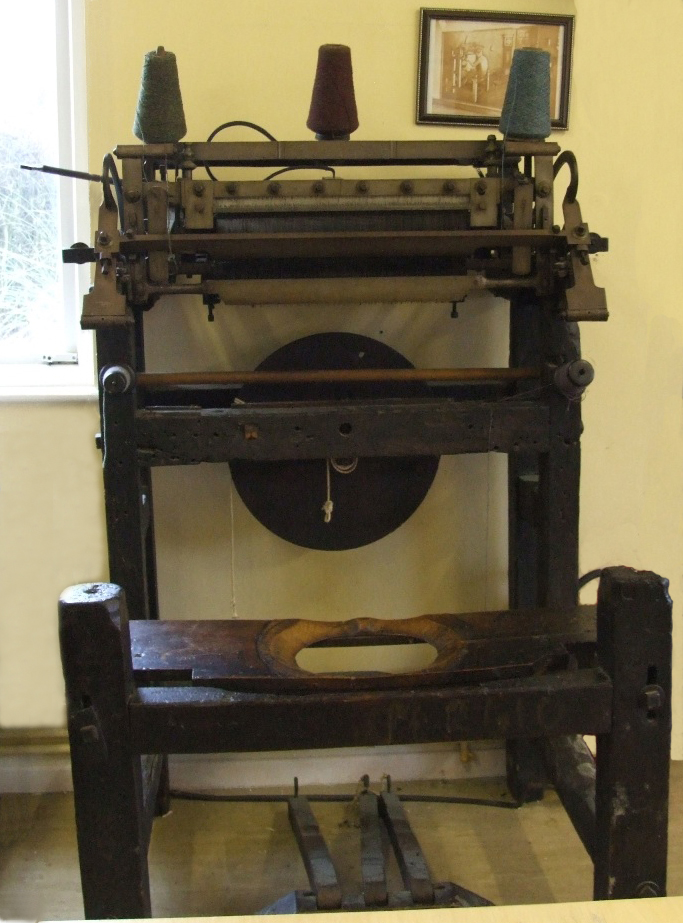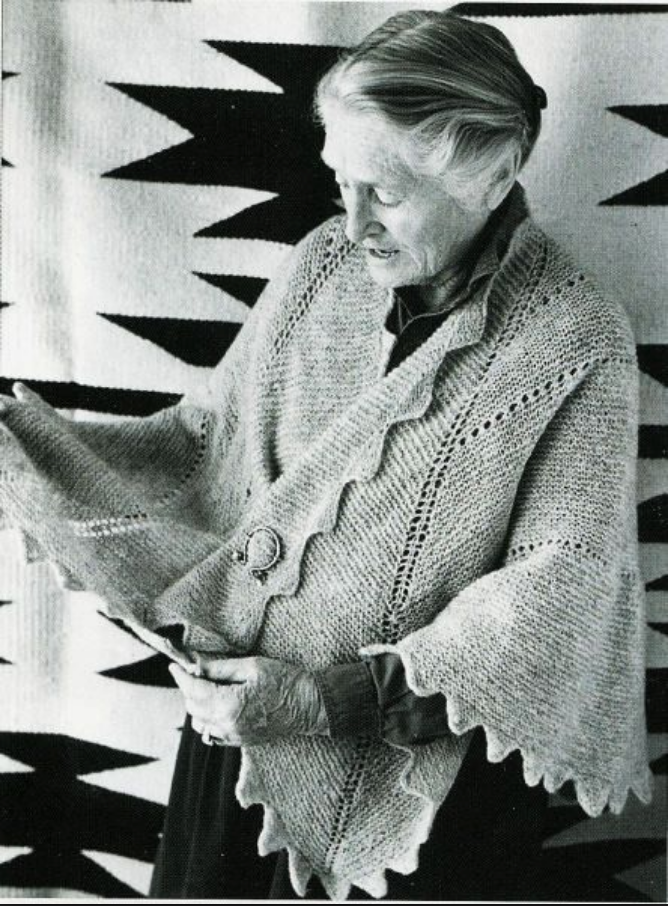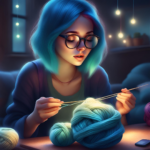Our journey starts in an unexpected place, where the sand warms your toes, known for its love of cats and the great pyramids, a place you would not expect our story to begin. Egypt. Although no one can be certain of the true origins of knitting, it is believed to have emerged from techniques like NaleBinding which were used by the Vikings. The earliest concrete evidence of knitting in a similar form was we know today with the use of two sticks, is a pair of silk socks, dates back to 11th-century Coptic Egypt.
From there, knitting needles wove their way across Europe, embraced by both religious communities and practical-minded folks. Men, organized in guilds, crafted socks and stockings, while women picked up the craft for household textiles and garments. Now it is also seen as a mental health exercise and has many benefits including learning how to focus and to de-stress.

Knitting didn’t stop at the needles. In the 16th century, William Lee, an Englishman came up with a revolutionary idea that would shape the future of mass production of knitted attire and garments. In 1589, he invented the stocking frame, a precursor to the modern knitting machines we know and love like the SENTRO and the metal bedded knitting machines. The stocking frame could churn out stockings far faster than human hands, sparking a boom in the hosiery industry.
However, Lee’s invention met resistance from threatened guilds and faced technical limitations. It took another century for machine knitting to truly flourish, eventually leading to the mass production of knitted garments.
Meanwhile, knitting needles continued to dance in the hands of royalty. Queen Victoria, an avid knitter, popularized the craft among the upper classes. Her love for knitted shawls and socks, often adorned with intricate patterns, inspired countless women to take up the needles.
Victoria’s influence extended beyond fashion. She recognized the therapeutic and empowering nature of knitting, promoting it as a valuable skill for young girls. Her patronage cemented knitting’s place as a respectable and even fashionable pursuit for young women.
Knitting like other crafts comes in and out of fashion, but the true pioneer of knitting, Elizabeth Zimmermann solidified its place in the modern world with her innovative techniques and creativity.

The 20th century saw the rise of Elizabeth Zimmermann, a true knitting pioneer. With her infectious enthusiasm and innovative techniques, Zimmermann transformed knitting from a rigid rule-bound craft into a realm of boundless creativity.
She challenged traditional notions of gauge and pattern, encouraging knitters to experiment and personalize their projects. Zimmermann’s influence continues to this day, with her books and teachings finding new generations of eager followers.
Throughout history, knitting has reflected the changing tapestry of fashion and culture. From the Fair Isle sweaters of the 1920s that always make an appearance over the festive periods to the vibrant granny squares of the 1970s, each era boasts its own signature styles.Today, knitting is more diverse and vibrant than ever. Sustainable yarns made from recycled materials, cutting-edge techniques, and online communities have created a space for creativity to thrive with the sharing of patterns and ideas.
Knitting is more than just two needles and yarn. It’s a thread that connects us to history, to creativity, to ourselves and to each other. If you’re listening to this and you’ve never knitted before, get yourself some knitting needles and give it ago.


